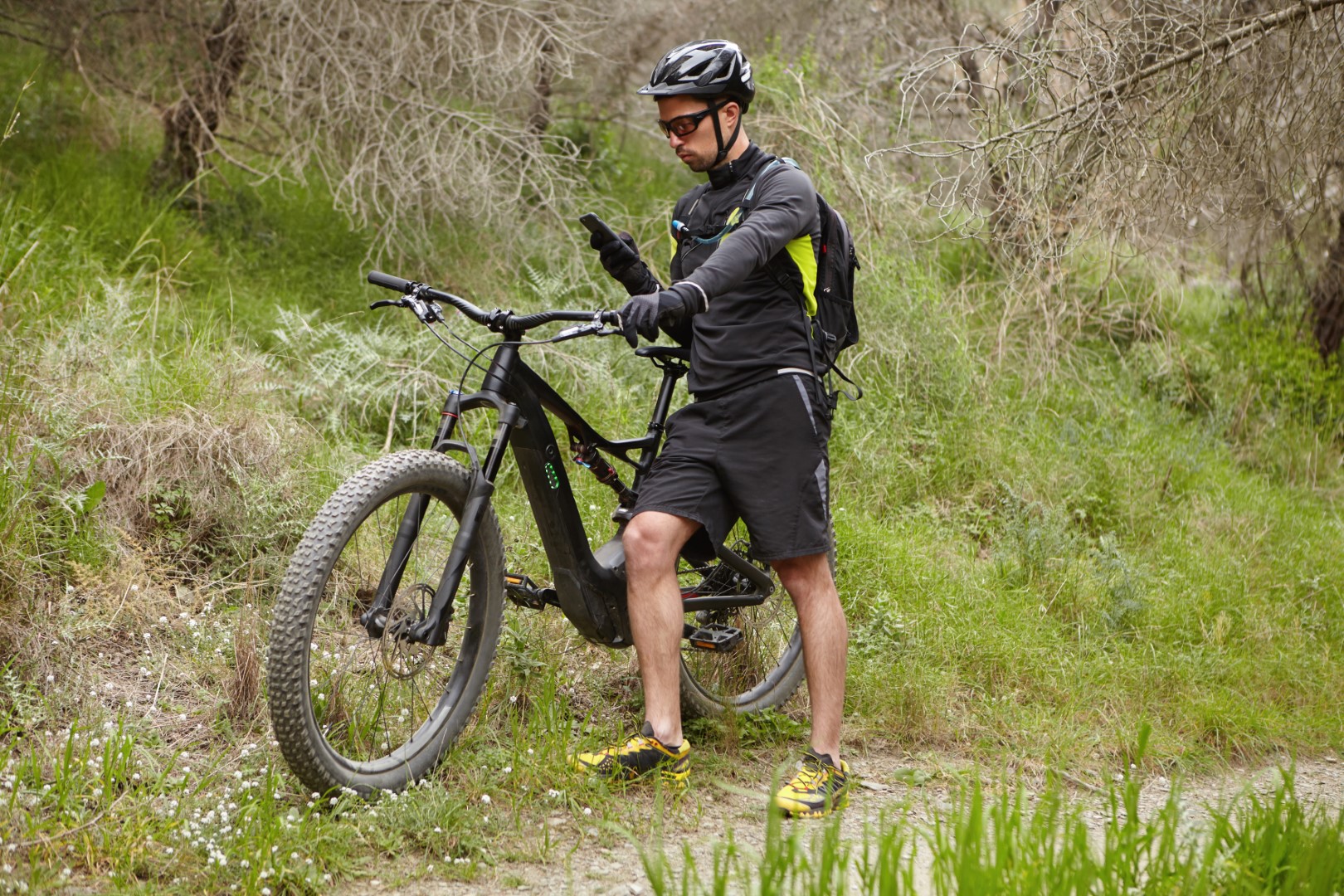
For some time now, the paths and dirt roads have been populated by cyclists, more or less amateur, riding a new type of two-wheeled vehicle, which also allows the less trained to deal more easily with the fatigue of mountain trails.
It is the new object of desire - for some even more than the car - to be used in the journey home-work but also for some Sunday outings: we are talking about the electric bike or e-bike. So let's find out more closely how the E-bike is made and how it works, what are the different types, such as engines, how batteries and sensors work, how many kilometers have autonomy, some advice to make it a proper use and how to drive an e-bike.
Obviously many enthusiasts, especially bicycle purists, turn their nose in front of this that we could define an evolution 2.0 of one of the first means of locomotion invented by man. How to blame them, since it probably ends up depriving cycling of one of its "founding myths", namely that of fatigue, tenacity and commitment as a tool to reach and overcome their limits and objectives?
A partial "justification" of the e-bike, we can say that more than the sportsmen, probably caters to cyclists, to amateurs, those who want to go by bike to enjoy the landscape and immerse themselves in nature without having to stay with the tongue outside and then find themselves with legs "stuck" the next day...
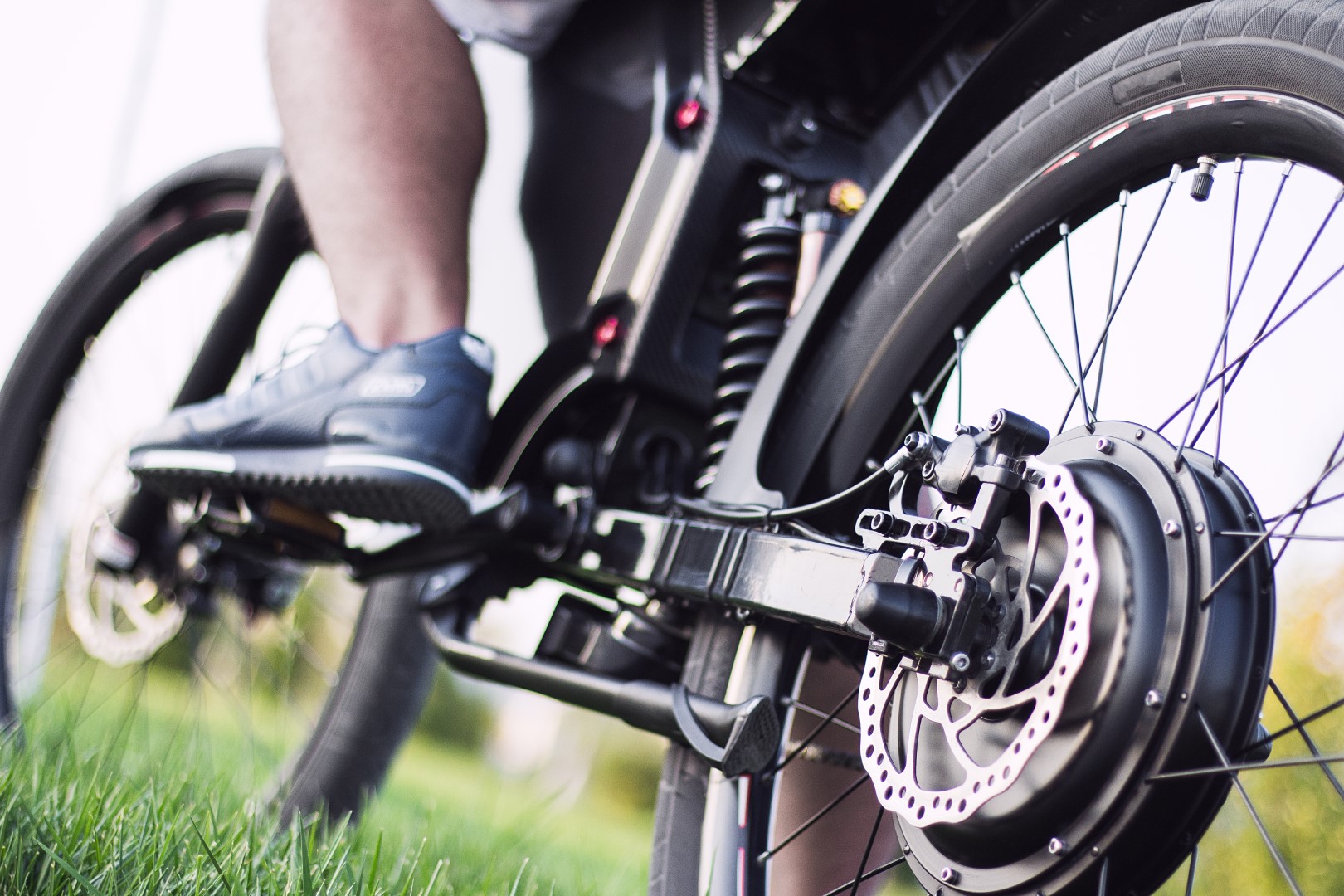
Finally, to get everyone to agree, it is good to remember that the electric mengine is not designed to work instead of pedaling, but to assist, taking on part of the effort. Basically, if you don't ride, the engine won't start.
We therefore give a definition of the object of our article. The assisted pedaling bicycle - also known as electric bike or e-bike or still pedelec (pedal electric cycle) - is a bicycle equipped with a system consisting of an electric engine, a battery, a control unit and a display, in order to assist the biker during the ride. The basic conditions for defining an e-bike as such are:
- The engine only works when you are pedalling
- The engine shall have a rated power of 250W and operate only up to a maximum speed of 25 km/h (with a minimum tolerance)
The e-bike is equipped with a mechanical gearbox that allows you to adjust the speed and effort of the pedaling, exactly as for all other bikes. However, we also have the possibility to choose the level of electrical assistance that best suits the route, our athletic training and the desire to work and sweat. In fact, we have the possibility to read all the data of our ride on a large and intuitive display.
A control near the knob, which can be reached with your thumb without raising your hand, allows us to select one of the different levels of assistance. In some cases the display is replaced by a control on the handlebar that informs with Leds about the level of assistance used and the battery charge.
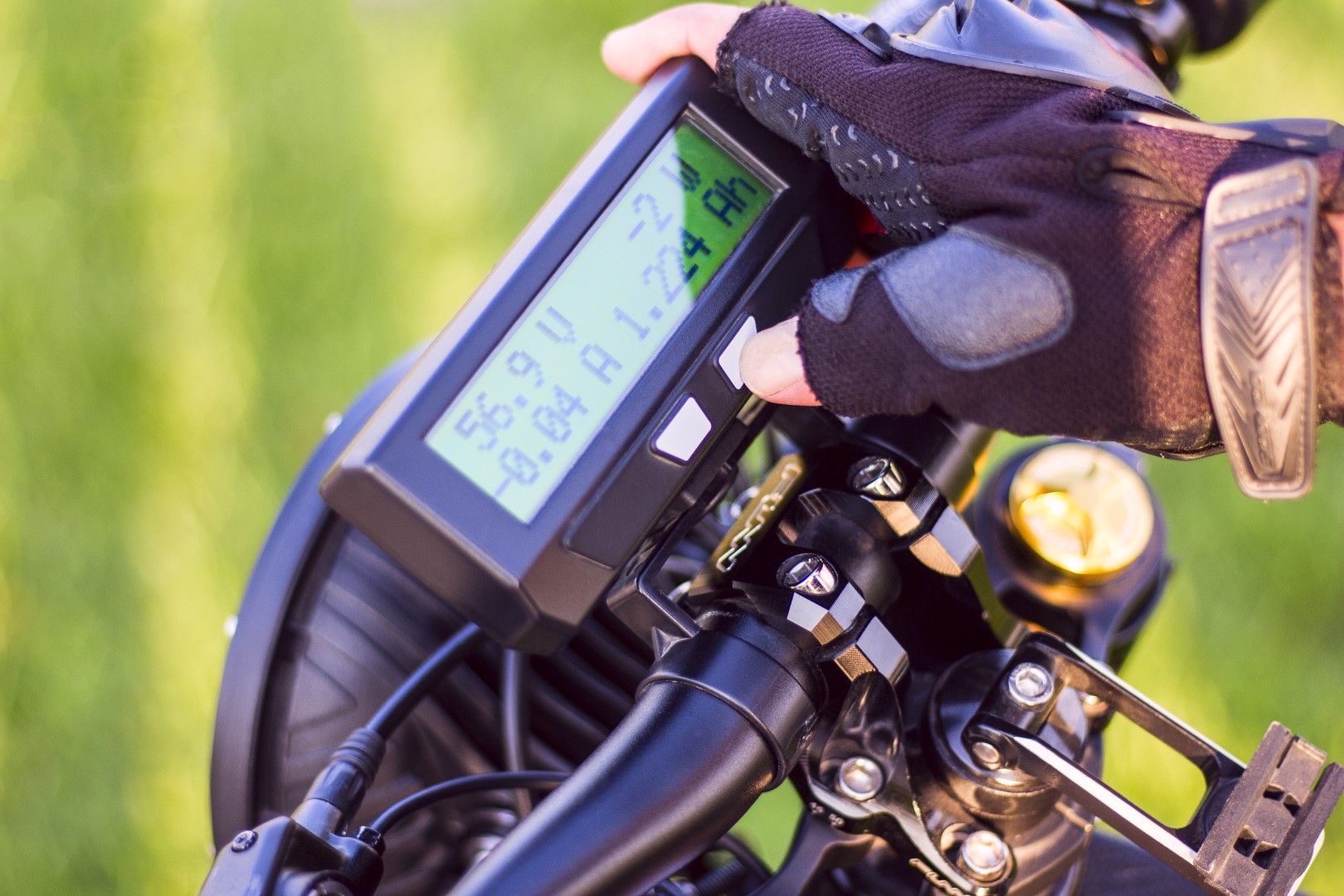
The main elements that make up the electric part of an e-bike are basically four, let's see them more closely:
The engine
It provides thrust to the wheels, is put on the central movement and is normally equipped with 3 sensors: one for the speed, one for the cadence of the pedal and one for the effort applied on the pedals. The lower level of assistance decreases the effort by about 50%, modulating the electrical support according to the different data received by the 3 sensors.
Choosing more "incisive" levels of assistance can reach over 300%, so as to zero the effort on the pedals in the plains and face the climbs with minimal effort. Some engines are also equipped with a fourth sensor, the tilt one, which communicates to the electronic control unit how steep the path you are walking and can propose a further mode of automatic assistance, selecting the most suitable support level according to the pedaling.
The cheaper models have the engine in the hub of one of the two wheels, rather than positioned centrally. The operation is different, the sensors are often reduced to only one, or pedaling, which detects the movement of the pedal and activates the electrical assistance according to the level selected. Each level almost always corresponds to a maximum speed that the e-Bike is able to reach simply by turning the pedals, without particular effort. The maximum level allows you to reach, by law, no more than 25 km/h in the plain and without fatigue, while reducing assistance the engine will touch a proportionally lower speed.
In practice, what is the difference between a central engine and a one on the hub? The first, quite evident since the first pedaling, is the greater fluidity and naturalness of the central engine, more sensitive to the pressure exerted on the pedals and therefore more precise. The engine positioned in the hub is more "on-off", that is, it attaches and detaches the assistance more abruptly to the variation of the revolutions of the pedals. The second is the uphill efficiency, very high on the central engine, just enough instead in the case of that in the hub, especially if mounted on the front wheel.
This is because the power is lower and the traction is somewhat compromised, making this solution recommended for use on short flat routes. With the engine put on the rear hub instead, you can easily ride up slopes up to 10-12%. The third difference is the use of the mechanical gearbox of the bicycle. In fact, with the central engine it is of fundamental importance to have an agile pedaling, about 60-70 per minute, in order to get the best possible help. To be able to pedal in this way it is essential to use the gearbox preferring ratios that make the legs turn quickly without too much effort. With the engine in the hub, the aid is often independent of the cadence of the pedaling and it is also possible the "symbolic pedaling" that is a slow and effortless.
The display
The display represents the interface between cyclist and bike, displaying useful information during the journey. It is usually placed in the center of the handlebar, while the controls that regulate the power on and management of the levels of assistance can be mounted close to the knobs, so that you do not have to remove your hands while driving. Every e-bike manufacturer has different philosophies, placing displays and controls in different places from model to model, and as for any other component, there are different types of displays, from the most spartan to the most advanced.
The number of service levels varies from manufacturer to manufacturer, some even allow you to create custom ones. Here are the most popular and used:
ECO - The lightest level, with a thrust that usually corresponds to 40-50% of the force impressed by the pedal. You have to use more legs, which ensures maximum battery life. The stated range is usually based on this setting.
TOUR - Intermediate level that adapts well to every use: arrive relatively quickly to the maximum 25 km/h, do less effort or overcome small ups and downs such as hills or overpasses. The thrust in this case corresponds to about 100% of muscle power, the engine delivers the same force impressed in the pedal. Battery life is obviously reduced.
SPORT - Mode designed for challenging climbs, for those who want the shot at the start or have little desire to struggle... The percentage of power delivered is around 150-170%, further reducing the battery life.
TURBO - The most expensive level ever, it greatly reduces the performance of the battery, releasing up to a maximum of 300%, or three times the force impressed on the pedals.
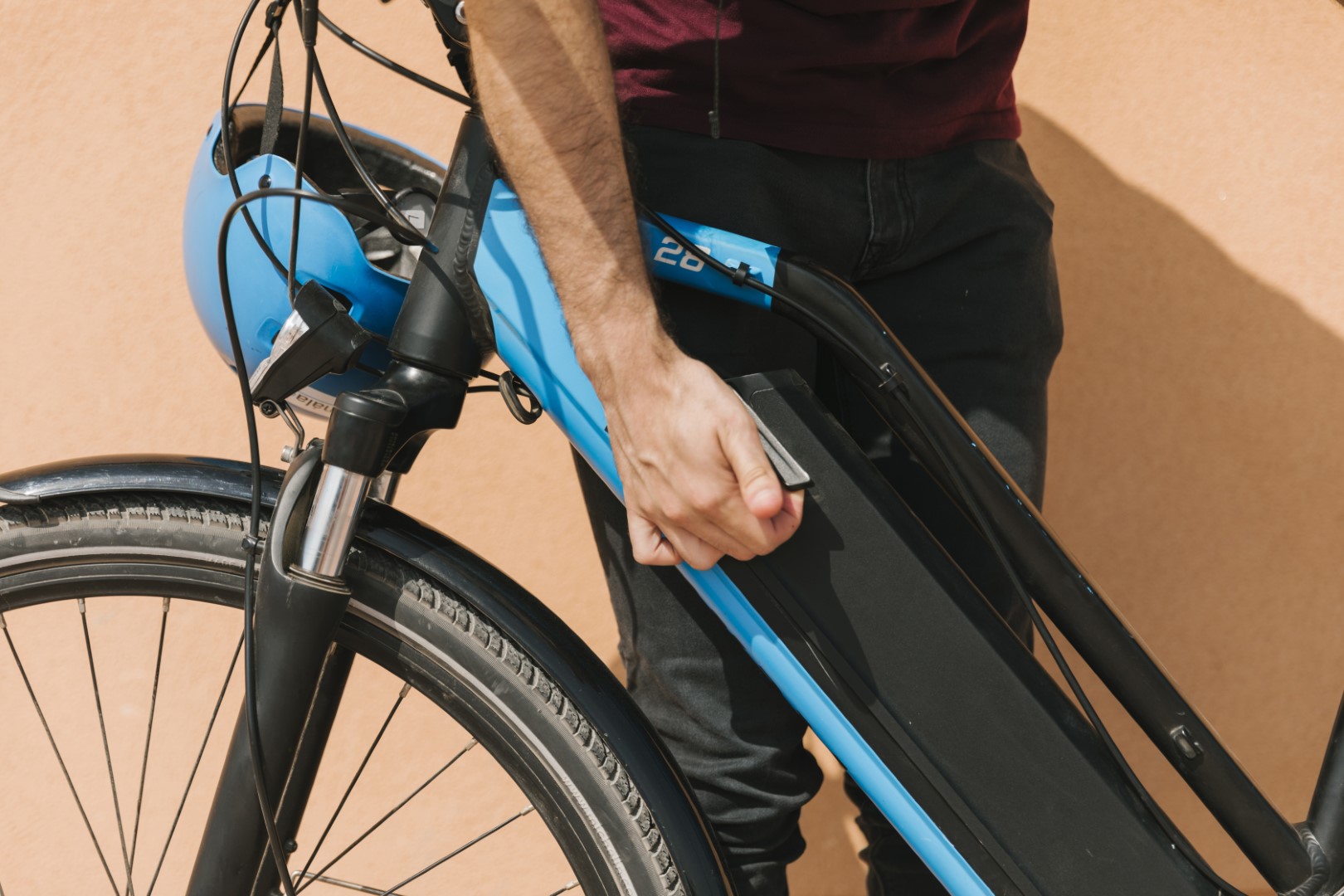
The battery
Those who want to work little and travel fast should be willing to pay a price: battery life. Yes, because of course the more you use the battery support, the shorter the battery life. There is not a certain and unique parameter to determine the actual duration, being influenced by the weight of the biker, the thrust on the pedals, the level of assistance used, the slope of the route, the outside temperature and even the weather conditions: everything can affect! At the base of everything surely there is the capacity of the battery itself, expressed in Wh.
The market is constantly growing, the batteries available are increasingly powerful in the face of a smaller footprint: it starts from 400 Wh to get close to 1,000 and even to exceed them in the case of e-bikes with dual optional battery.
Translated in practical terms and in a fairly approximate way, a 500 Wh battery can have a minimum range of 3-4 hours for about 25-30 km of pure fun on steep trails using very high levels of assistance; The range can reach up to over 100 km on softer routes, pushing for example more on the pedals and using mainly the level of assistance Eco. The display or the Leds inform in real time about the remaining battery life, allowing you to plan the route without running dry. Even if it happens, the e-bike is a normal bike, a little bit 'heavier, will still allow you to pedal without motor to get home. The necessary charging time varies from 3 to 6 hours, depending on the battery charger used and how much energy must be input; the battery is generally guaranteed for about 1,000 complete charging cycles without losing too much autonomy, In fact, as with smartphones, there is no memory effect.
The control unit
It's literally the brain of the e-Bike, on which depends the operation of the entire vehicle. In particular, it manages: engine, brake sensor, accelerator, speed limit, power supply, display and a series of sensors. In fact it is a small computer that takes care of reading the data coming from the outside (force impressed on the pedals, current speed and input imparted through the controls to the handlebars) and manage the power delivered by the engine, based on the level of assistance set and the effort made by the cyclist. The most advanced control units include other sensors, such as braking: when you act on one of the brake levers, the engine is automatically switched off. The control unit can be external, inside a metal box (separated from other components) or integrated with motor or battery, more protected from impacts and bad weather.
After reading all this information you will be wondering how to maintain the e-Bike
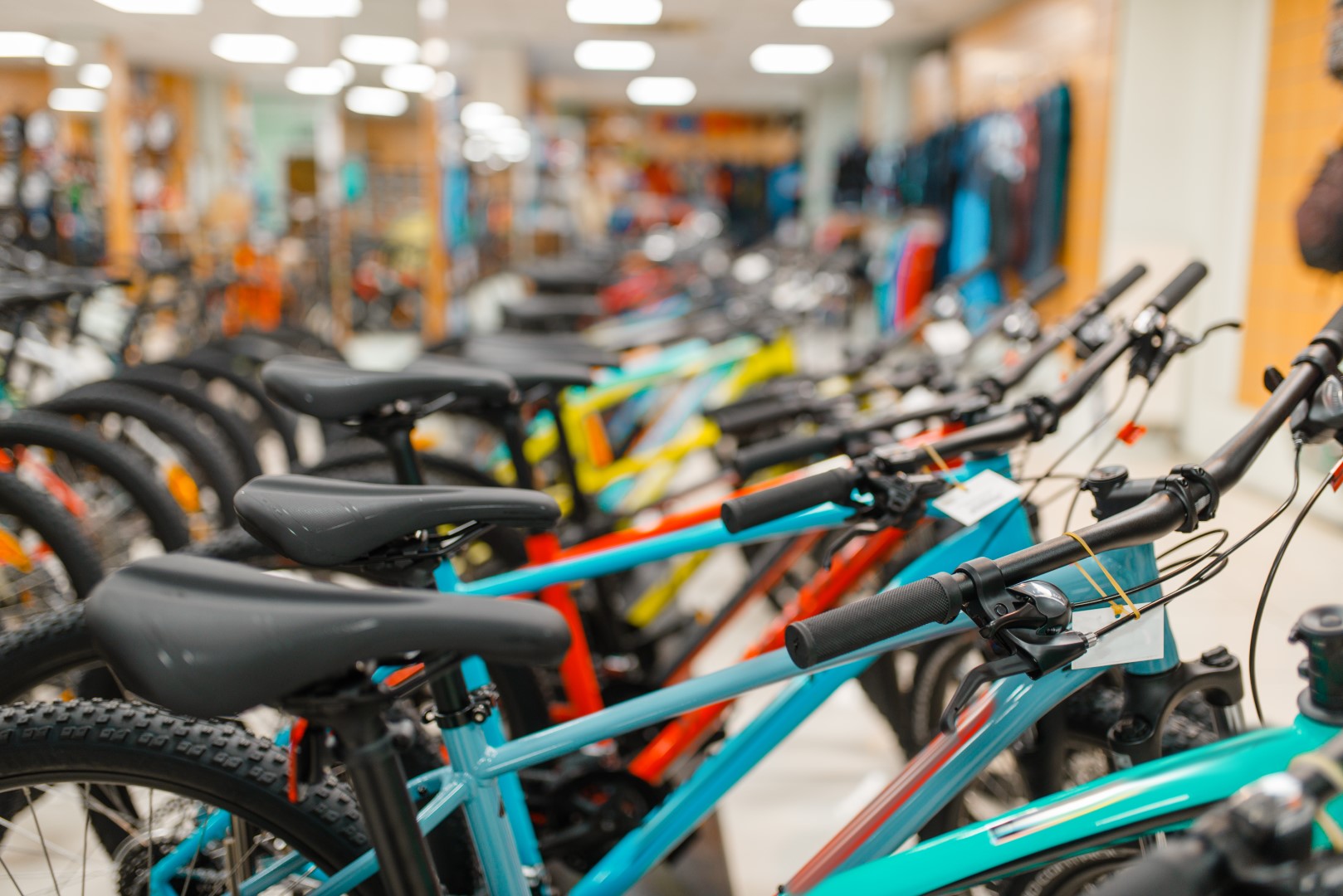
How much an e-Bike costs
You might be wondering at this point how much an e-bike costs? Unfortunately, it is extremely difficult to give a reliable and suitable answer to anyone who puts it.
This is because on the market there are 600 Euro vehicles and others that far exceed 10,000 Euro. The initial discriminating to make a correct choice are obviously the usual: what do we want to do with it? What are our needs? What are our tastes?
The purchase of an e-bike must take into account the quality of the engine-battery unit and other components, such as gearbox, brakes and chassis, because even these that may seem "details", will depend on the driving pleasure, the performance and above all the reliability of the vehicle. Spending little today could turn out to be a higher cost tomorrow, especially if the failures force us to repeatedly change components! So what is the minimum amount to consider for a new e-bike? Let's say that for an electric Mountain Bike we can be fairly certain to make a good purchase around 2,000 Euros.
If you prefer to rent it, find out why rent an E-bike and even more important The benefits for those who use e-bikes.